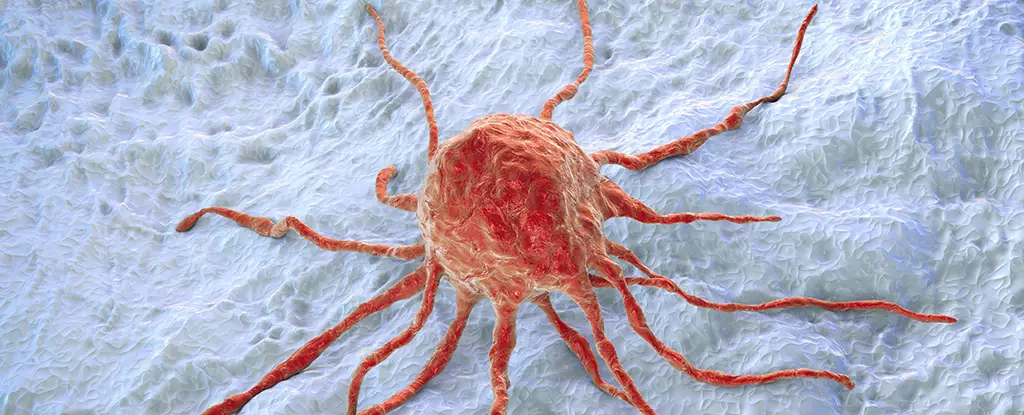Cancer, a deadly disease that affects millions of people worldwide, is characterized by the uncontrolled growth and spread of abnormal cells. Researchers have long been studying the protein MYC, which plays a crucial role in both healthy cell activity and cancer development. MYC, when functioning normally, helps regulate cell growth and division. However, in cancer cells, MYC becomes hyperactive, promoting rapid growth and contributing to the progression of the disease. One of the major challenges in tackling MYC is its shapeless nature, making it difficult to directly target with drugs. But now, scientists from the University of California, Riverside (UCR) may have found a breakthrough in addressing this issue.
The team of researchers at UCR has developed a peptide compound that has the potential to bind and interact with MYC, restoring its normal function. By studying the limited structure of MYC, the researchers synthesized a library of peptides, hoping to identify one that could effectively bind to the protein. Among the peptides tested, NT-B2R showed promising results. In tests using human brain cancer cells, NT-B2R successfully bound to MYC, altering the regulation of genes and ultimately inhibiting the metabolism and proliferation of cancer cells. This peptide acted like tying someone’s hands behind their back, preventing them from carrying out harmful actions.
The success of NT-B2R in binding to MYC can be attributed to the manipulation of peptide structure. Previous research by the same team highlighted the importance of modifying peptide structure to enhance their interaction with shapeless proteins like MYC. Peptides, which can take on various forms, shapes, and positions, have low levels of randomness once they are bent and connected to form rings. This reduced randomness improves their binding capabilities. The research team managed to improve the binding performance of NT-B2R by two orders of magnitude, bringing them closer to their goal of developing an effective drug.
Although these early results are promising, there is still a long road ahead in the fight against cancer. The current delivery method of the peptide, lipid nanoparticles, is not suitable for drug administration. Further developments in drug delivery systems will be necessary to ensure effective and targeted delivery. Additionally, rigorous testing in human subjects is crucial to assess the safety and efficacy of the peptide compound. However, these findings offer hope in inhibiting one of the ways cancer exploits biological processes to thrive.
MYC’s shapeless nature and its direct impact on various types of cancer make it a prime target for cancer drug development. If scientists can successfully harness the potential of the peptide compound developed by the UCR research team, it could pave the way for a new approach to treating cancer. Targeting shapeless proteins like MYC opens up possibilities for future drug development, as it demonstrates the potential to disrupt cancer cells’ abnormal growth and proliferation. However, it is essential to approach these findings with caution and continue rigorous research to ensure the safety and efficacy of any potential treatments.
The discovery of the peptide compound that can bind to and control MYC offers a glimmer of hope in the battle against cancer. The shapeless protein MYC, which plays a significant role in the development and progression of cancer, has long posed challenges in drug development. The groundbreaking research conducted at UCR sheds light on the potential of peptide-based therapies for targeting MYC. While there is still much work to be done, these findings represent a significant step forward in the fight against cancer. With further research and exploration, we may be one step closer to finding a breakthrough in cancer treatment.



Leave a Reply